-
Executive Summary
-
Scope of the Report
-
Market Definition
-
Scope of the Study
- Research Objectives
- Assumptions & Limitations
-
Markets Structure
-
Market Research Methodology
-
Research Process
-
Primary Research
-
Secondary Research
-
Forecast Model
-
Market Landscape
-
Supply Chain Analysis
- Raw Material Suppliers
- Manufacturers/Producers
- Distributors/Retailers/Wholesalers/E-Commerce Merchants
- Industry
-
Porter’s Five Forces Analysis
- Threat of New Entrants
- Bargaining Power of Buyers
- Bargaining Power of Suppliers
- Threat of Substitutes
- Intensity of Competitive Rivalry
-
Market Price Analysis 2017–2024
-
Industry Overview of the Global Aerospace Coating Market
-
Introduction
-
Drivers
-
Restraints
-
Opportunities
-
Challenges
-
Market Trends
-
Introduction
-
Growth Trends
-
Impact Analysis
-
Global Aerospace Coating Market, by Resin
-
Introduction
-
Epoxy
- Market Estimates & Forecast, 2023-2032
- Market Estimates & Forecast, by Region, 2023-2032
-
Polyurethane
- Market Estimates & Forecast, 2023-2032
- Market Estimates & Forecast, by Region, 2023-2032
-
Acrylic
- Market Estimates & Forecast, 2023-2032
- Market Estimates & Forecast, by Region, 2023-2032
-
Others
- Market Estimates & Forecast, 2023-2032
- Market Estimates & Forecast, by Region, 2023-2032
-
Global Aerospace Coating Market, by End-Use
-
Introduction
-
Commercial
- Market Estimates & Forecast, 2023-2032
- Market Estimates & Forecast, by Region, 2023-2032
-
Military
- Market Estimates & Forecast, 2023-2032
- Market Estimates & Forecast, by Region, 2023-2032
-
Others
- Market Estimates & Forecast, 2023-2032
- Market Estimates & Forecast, by Region, 2023-2032
-
Global Aerospace Coating Market, by Industry
-
Introduction
-
Original Equipment Manufacturer (OEM)
- Market Estimates & Forecast, 2023-2032
- Market Estimates & Forecast, by Region, 2023-2032
-
Maintenance, Repair and Operations (MRO)
- Market Estimates & Forecast, 2023-2032
- Market Estimates & Forecast, by Region, 2023-2032
-
Global Aerospace Coating Market, by Application
-
Introduction
-
Exterior
- Market Estimates & Forecast, 2023-2032
- Market Estimates & Forecast, by Region, 2023-2032
-
Interior
- Market Estimates & Forecast, 2023-2032
- Market Estimates & Forecast, by Region, 2023-2032
-
Global Aerospace Coating Market, by Region
-
Introduction
-
North America
- Market Estimates & Forecast, 2023-2032
- Market Estimates & Forecast by Resin, 2023-2032
- Market Estimates & Forecast by End-Use, 2023-2032
- Market Estimates & Forecast by Industry, 2023-2032
- Market Estimates & Forecast by Application, 2023-2032
- US
- Canada
-
Europe
- Market Estimates & Forecast, 2023-2032
- Market Estimates & Forecast by Resin, 2023-2032
- Market Estimates & Forecast by End-Use, 2023-2032
- Market Estimates & Forecast by Industry, 2023-2032
- Market Estimates & Forecast by Application, 2023-2032
- Germany
- France
- Italy
- Spain
- UK
- Russia
- Netherlands
- Rest of Europe
-
Asia-Pacific
- Market Estimates & Forecast, 2023-2032
- Market Estimates & Forecast by Resin, 2023-2032
- Market Estimates & Forecast by End-Use, 2023-2032
- Market Estimates & Forecast by Industry, 2023-2032
-
5 Market Estimates & Forecast by Application, 2023-2032
- China
- India
- Japan
- Thailand
- Malaysia
- Vietnam
- Rest of Asia-Pacific
-
Middle East & Africa
- Market Estimates & Forecast, 2023-2032
- Market Estimates & Forecast by Resin, 2023-2032
- Market Estimates & Forecast by End-Use, 2023-2032
- Market Estimates & Forecast by Industry, 2023-2032
-
5 Market Estimates & Forecast by Application, 2023-2032
- Saudi Arabia
-
6.6 Market Estimates & Forecast by Application, 2023-2032
- UAE
- Africa
- Rest of the Middle East & Africa
-
Latin America
- Market Estimates & Forecast, 2023-2032
- Market Estimates & Forecast by Resin, 2023-2032
- Market Estimates & Forecast by End-Use, 2023-2032
- Market Estimates & Forecast by Industry, 2023-2032
- Market Estimates & Forecast by Application, 2023-2032
- Brazil
- Argentina
- Mexico
- Rest of Latin America
-
Competitive Landscape
-
Introduction
-
Market Key Strategies
-
Key Development Analysis
-
(Expansions/Mergers & Acquisitions/Joint Ventures/New
-
Developments/Agreements/Investments)
-
Company Profiles
-
AkzoNobel N.V
- Company Overview
- Financial Updates
- Product/Business Segment Overview
- Key Developments
- SWOT Analysis
- Key Strategies
-
Hentzen Coatings, Inc.
- Company Overview
- Financial Updates
- Product/Business Segment Overview
- Key Developments
- SWOT Analysis
- Key Strategies
-
PPG Industries, Inc.
- Company Overview
- Financial Updates
- Product/Business Segment Overview
- Key Developments
- SWOT Analysis
- Key Strategies
-
Sherwin Williams
- Company Overview
- Financial Updates
- Product/Business Segment Overview
- Key Developments
- SWOT Analysis
- Key Strategies
-
Mankiewicz Gebr. & Co
- Company Overview
- Financial Updates
- Product/Business Segment Overview
- Key Developments
- SWOT Analysis
- Key Strategies
-
Axalta Coating Systems Ltd
- Company Overview
- Financial Updates
- Product/Business Segment Overview
- Key Developments
- SWOT Analysis
- Key Strategies
-
Saint-Gobain S.A.
- Company Overview
- Financial Updates
- Product/Business Segment Overview
- Key Developments
- SWOT Analysis
- Key Strategies
-
Henkel Corporation
- Company Overview
- Financial Updates
- Product/Business Segment Overview
- Key Developments
- SWOT Analysis
- Key Strategies
-
IHI Ionbond AG
- Company Overview
- Financial Updates
- Product/Business Segment Overview
- Key Developments
- SWOT Analysis
- Key Strategies
-
Zircotec Ltd
- Company Overview
- Financial Updates
- Product/Business Segment Overview
- Key Developments
- SWOT Analysis
- Key Strategies
-
Conclusion
-
LIST OF TABLES
-
Global Aerospace Coating Market, by Region, 2023-2032
-
North America: Aerospace Coating Market, by Country, 2023-2032
-
Europe: Aerospace Coating Market, by Country, 2023-2032
-
Asia-Pacific: Aerospace Coating Market, by Country, 2023-2032
-
Middle East & Africa: Aerospace Coating Market, by Country, 2023-2032
-
Latin America: Aerospace Coating Market, by Country, 2023-2032
-
Global Aerospace Coating Resin Market, by Region, 2023-2032
-
North America: Aerospace Coating Resin Market, by Country, 2023-2032
-
Europe: Aerospace Coating Resin Market, by Country, 2023-2032
-
Asia-Pacific: Aerospace Coating Product Market, by Country, 2023-2032
-
Middle East & Africa: Aerospace Coating Market, by Country, 2023-2032
-
Latin America: Aerospace Coating Resin Market, by Country, 2023-2032
-
Aerospace Coating End-Use Market, by Region, 2023-2032
-
North America: Aerospace Coating End-Use Market, by Country, 2023-2032
-
Europe: Aerospace Coating End-Use Market, by Country, 2023-2032
-
Asia-Pacific: Aerospace Coating End-Use Market, by Country, 2023-2032
-
Middle East & Africa: Aerospace Coating End-Use Market, by Country, 2023-2032
-
Latin America: Aerospace Coating End-Use Market, by Country, 2023-2032
-
Global Aerospace Coating Industrial Market, by Region, 2023-2032
-
North America: Aerospace Coating Industrial Market, by Country, 2023-2032
-
Europe: Aerospace Coating Industrial Market, by Country, 2023-2032
-
Asia-Pacific: Aerospace Coating Industrial Market, by Country, 2023-2032
-
Middle East & Africa: Aerospace Coating Industrial Market, by Country, 2023-2032
-
Latin America: Aerospace Coating Industrial Market, by Country, 2023-2032
-
Global Aerospace Coating Application Market, by Region, 2023-2032
-
North America: Aerospace Coating Application Market, by Country, 2023-2032
-
Europe: Aerospace Coating Application Market, by Country, 2023-2032
-
Asia-Pacific: Aerospace Coating Application Market, by Country, 2023-2032
-
Latin America: Aerospace Coating Application Market, by Country, 2023-2032
-
Middle East & Africa: Aerospace Coating Application Market, by Country, 2023-2032
-
LIST OF FIGURES
-
Aerospace Coating Market Segmentation
-
Forecast Methodology
-
Porter’s Five Forces Analysis of the Global Aerospace Coating Market
-
Supply Chain of the Global Aerospace Coating Market
-
Share of the Global Aerospace Coating Market, by Country, 2020 (%)
-
Global Aerospace Coating Market, 2023-2032
-
Sub-Segments of Global Aerospace Coating Market
-
Aerospace Coating Market size, by Resin, 2020 (%)
-
Share of Aerospace Coating Market, by Resin, 2023-2032
-
Sub-Segments of End-Use
-
Global Aerospace Coating Market Size, by End-Use, 2020 (%)
-
Share of Aerospace Coating Market, by End-Use, 2023-2032
-
Sub-Segments of Industry
-
Global Aerospace Coating Market Size, by Industry, 2020 (%)
-
Share of the Global Aerospace Coating Market, by Industry, 2023-2032
-
Sub-Segments of Application
-
Global Aerospace Coating Market Size, by Application, 2020 (%)
-
Share of Global Aerospace Coating Market, by Application, 2023-2032


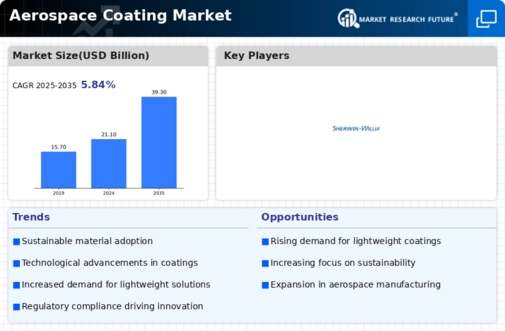
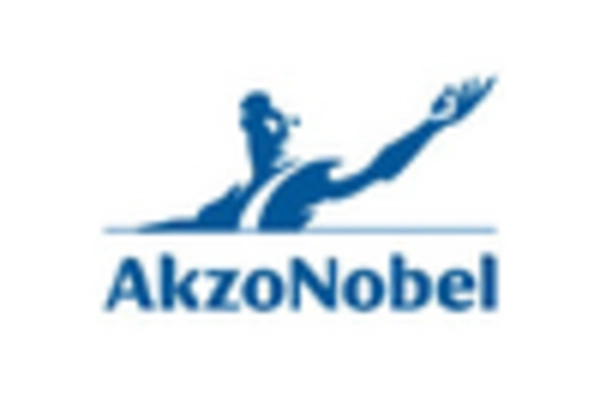

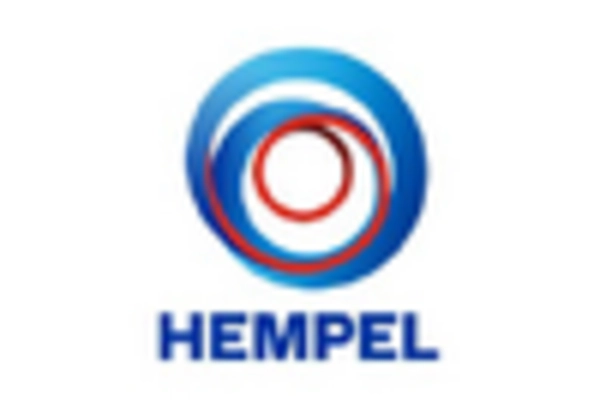
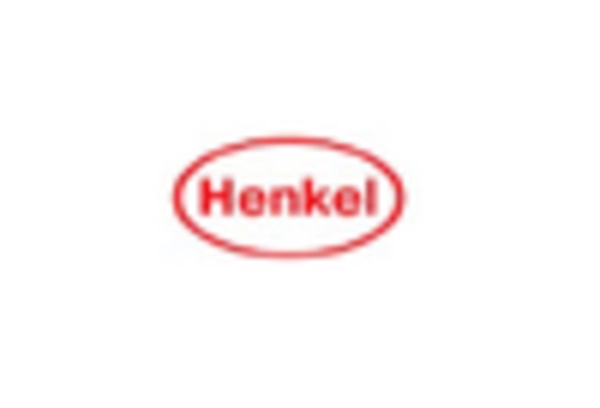
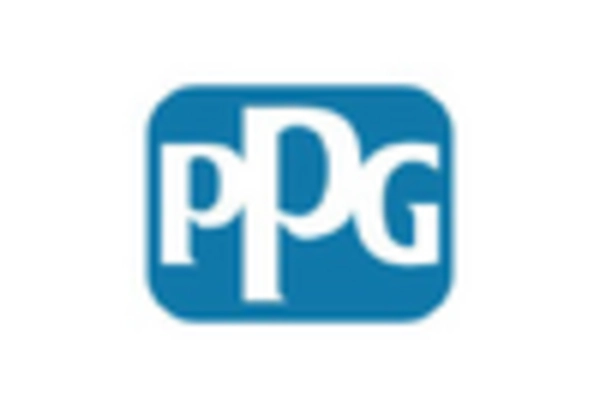
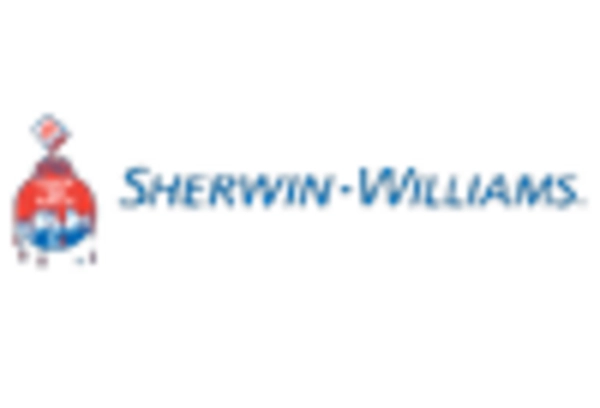









Leave a Comment